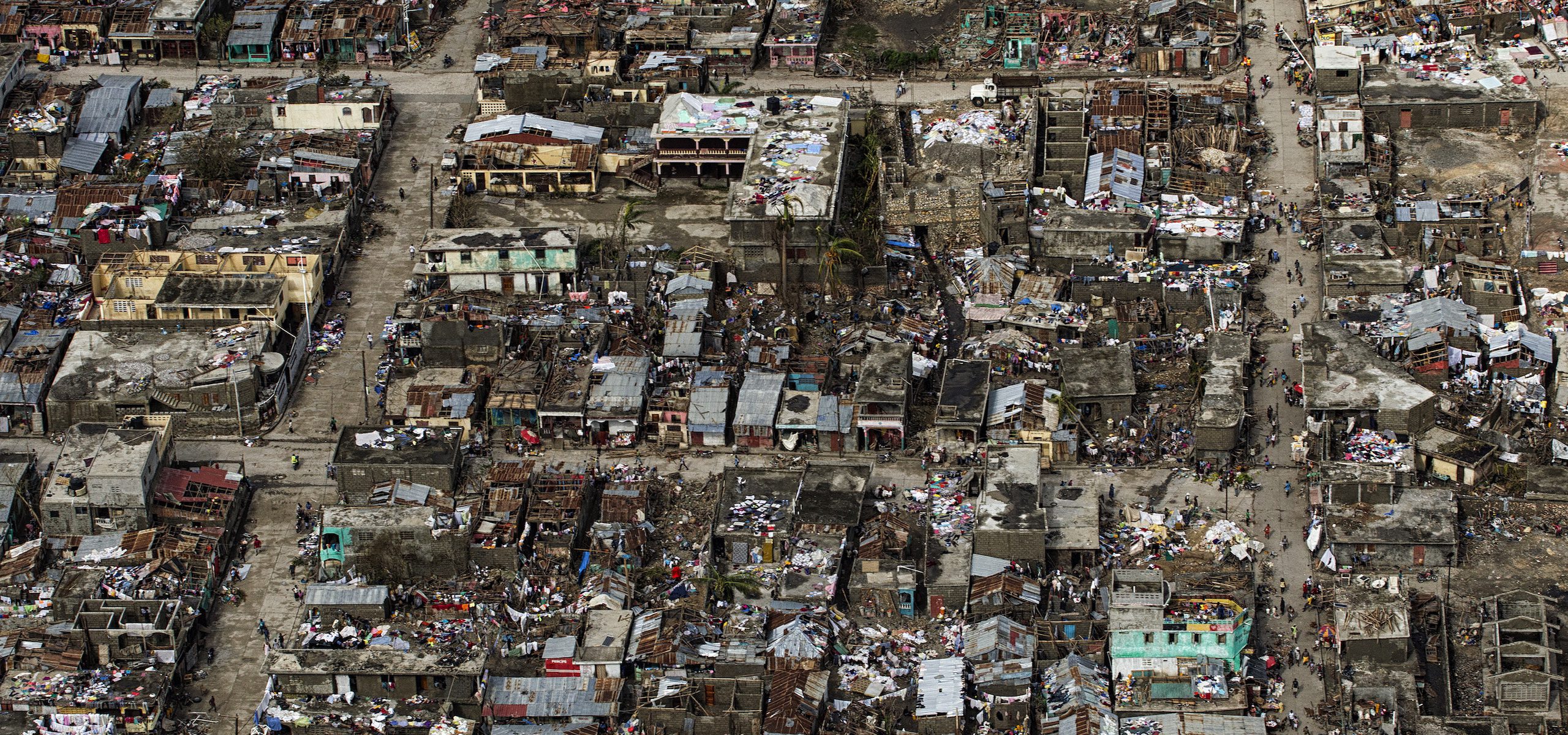Crisis Response and Recovery
Including the environment in Crises Response and Recovery

Including the environment in Crises Response and Recovery
The systematic integration of environmental considerations into crisis response and recovery increases the accountability and sustainability of humanitarian action. Environmental factors can act as underlying drivers and contribute to humanitarian crises.
The systematic integration of environmental considerations into crisis response and recovery increases the accountability and sustainability of humanitarian action. Environmental factors can act as underlying drivers and contribute to humanitarian crises. Given the rapid rate of global environmental change and the increase in climate-related hazards in almost all regions of the world this is expected to increase in the future. The exploitation of natural resources can also be a major source of conflict and cause of prolonged crises. Countries and regions with fragile ecology and poverty are at higher risk for natural hazards and for a sustained state of instability, creating a vicious circle of degradation. In addition, natural, anthropogenic and technological hazards (or a combination of these) often directly damage the environment, causing subsequent harm to the lives, livelihoods and well-being of affected populations.
Throughout a crisis, the unmet basic needs of the affected populations as well as the relief, recovery and peacekeeping operations can also lead to adverse impacts on the environment. Thus, the relationship between crisis and the environment is often characterized by environmental degradation due to misuse and conflicts, resulting in a breakdown of livelihood and natural life-support systems, for example through the depletion of natural resources, environmental pollution, and the degradation of ecosystem services. Table 1. provides a broad overview of the key environmental impacts and associated consequences caused by sudden-onset and protracted crises.
The main bearers of negative environmental consequences are often the most vulnerable, making environmental mainstreaming in humanitarian action a matter of accountability to affected populations. In many societies, environmental degradation has a disproportionate impact on women and girls due to structural inequalities. The earlier environmental issues are incorporated into crisis response and recovery, the more likely they can be robustly mainstreamed across humanitarian programming. The systematic integration of environmental considerations throughout response operations makes recovery activities more effective in the long term, contributes positively to sustainable development, and lays a foundation for conflict resolution, peacebuilding, and a more comprehensive, fast recovery.
It is important to recognize that in certain instances, damage to the environment may have to be accepted as an unavoidable consequence of saving lives and maintaining basic welfare. Especially in sudden-onset crises, the need to act quickly and implement humanitarian activities may mean that environmental consequences are not fully assessed and mitigated before response operations begin. However, integrating environmental considerations does not have to be complicated, expensive or time-consuming. Including environmental actors in response and recovery will improve environmental management, reduce negative environmental impacts on the crisis affected and improve the overall impact of humanitarian operations.
In this section of the toolkit, the Humanitarian Programme Cycle (HPC) is used to frame how the environment can be integrated into assisting crisis-affected populations. The HPC, similar to the standard project cycle, is used by the international humanitarian response system, sets out the sequence of actions to be taken to prepare for, plan, manage, deliver and monitor humanitarian responses. Using the HPC enables environmental considerations to be directly linked into the collected guidance and resources of humanitarian assistance activities in a way which enables actions which are practical and rapid. Using the HPC as the basis for addressing environmental issues in humanitarian response will help environmental actors operate effectively in crisis and disaster situations. For more information see the About section.
A situation analysis following a crisis typically looks at key crisis drivers, affected areas, the number and type of affected people, the ways in which people are affected, the most urgent needs and available capacities.
Assessing the environmental consequences of an emergency and prioritizing the response actions based on the needs, forms the foundation of a coherent, efficient and sustainable humanitarian response.
Environment is included into response plans in order to improve programme quality and accountability to disaster-affected people.
Environmental mainstreaming is dependent on successful resource mobilization, where environmental concerns must be integrated in funding proposals in order to secure funding.
Successful integration of environment into the implementation of humanitarian response requires that environment be included into preparedness and planning phases, but also effective coordination with national actors.
Response monitoring is about creating evidence for humanitarian actors about what actions should be taken to address shortcomings and fill gaps in in the response, with the aim of improving accountability towards affected populations, local government, donors and the general public.
Coordination involves bringing actors together. It is a key mechanism for mainstreaming environment in disaster management.
Environmental information and data is important for an efficient humanitarian response and should be shared according to established humanitarian information management practices
Humanitarian response evaluations and lessons learnt should consider the extent to which environment has been addressed
Addressing environment in the recovery process helps restore societal functions in a more sustainable manner